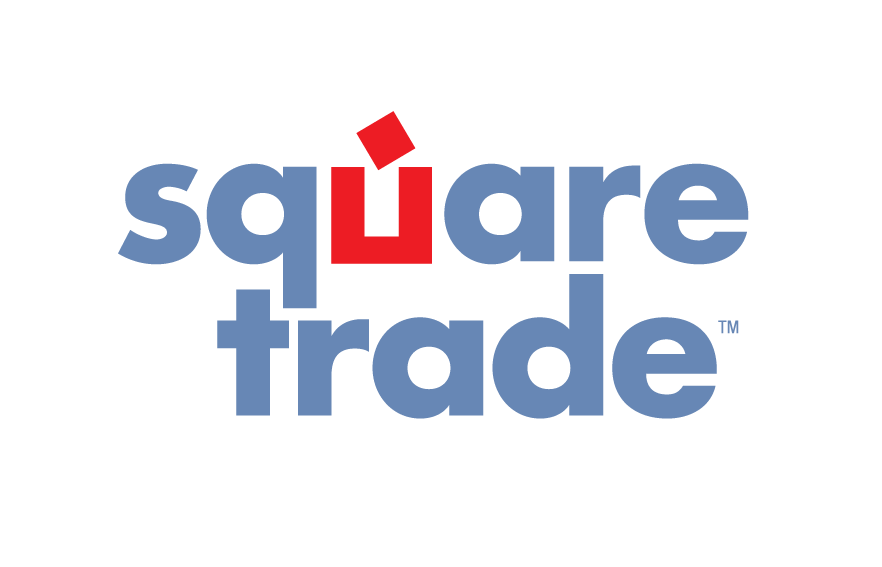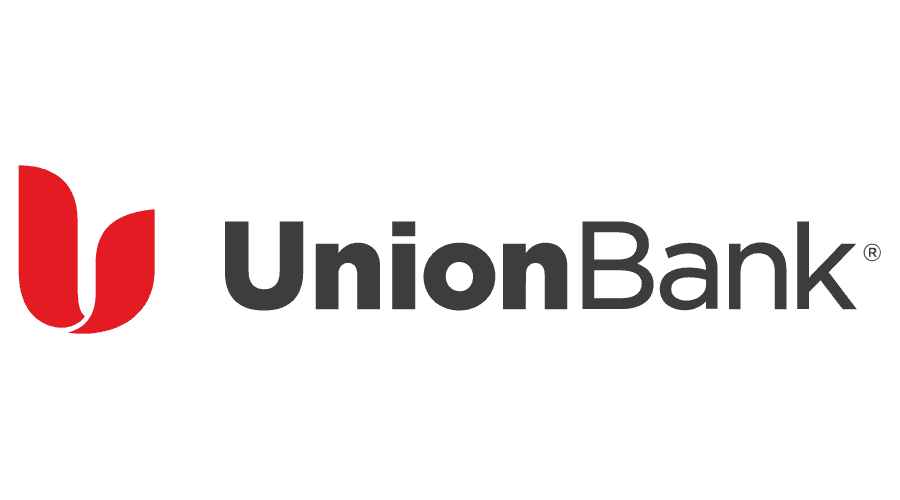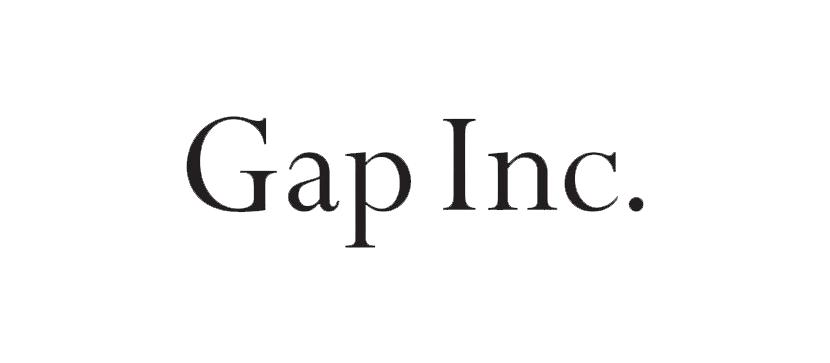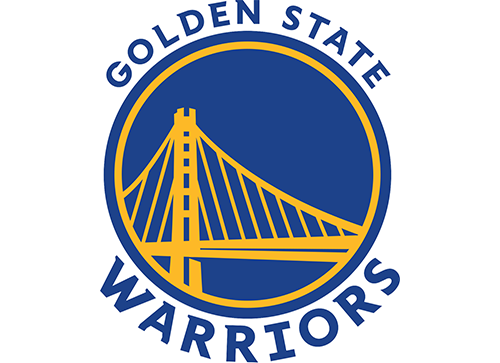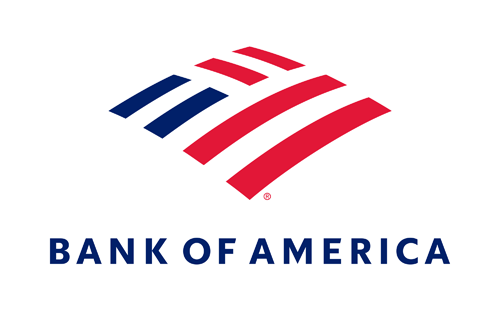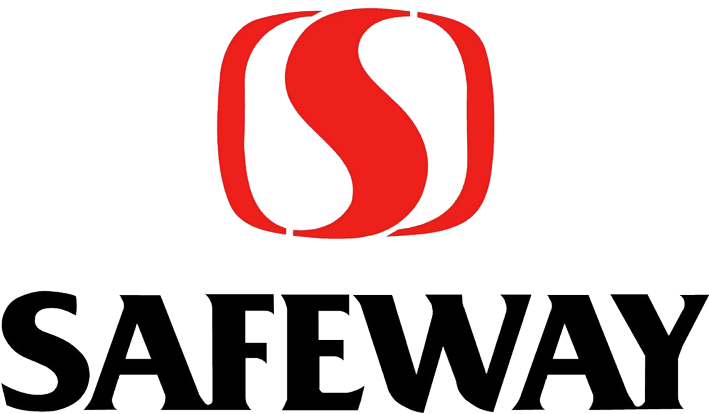Hunger: It’s Not Just A Problem in the Tenderloin
 On August 21, 2012, the Gallup Organization released their most recent food hardship data for the United States. Gallop surveyed 177,000 people across the nation about their ability to afford food. The results show that people all across the United States are experiencing food insecurity, with 18.2% of respondents nationwide indicating that they had difficulty affording food at some point during 2012.
On August 21, 2012, the Gallup Organization released their most recent food hardship data for the United States. Gallop surveyed 177,000 people across the nation about their ability to afford food. The results show that people all across the United States are experiencing food insecurity, with 18.2% of respondents nationwide indicating that they had difficulty affording food at some point during 2012.
The results of the survey also show that California is above the national average in the number of people experiencing food insecurity. Nearly 1 in 5 (19.4%) Californians answered “yes” to the question: “Have there been times in the past 12 months when you did not have enough money to buy food that you or your family needed?”
This year’s numbers show a modest improvement over the food insecurity rate from 2011, which was 18.6%, but the big question is: what will happen next year as the effects of this year’s drought are felt by consumers?
The U.S. Department of Agriculture predicts that consumers will notice price increases within two months for beef, pork, poultry, and dairy, but the full effects of the increase in corn prices for packaged and processed foods will likely take 10 to 12 months to appear on supermarket shelves. States in the Mountain Plains and Midwest regions, which have the largest corn yield in the nation, will likely continue to have the lowest percentages of residents who lack enough money to buy food. Those in the South will likely be hardest hit, as they are already the most likely in the nation to report struggling to afford food.
The SNAP program, known as “CalFresh” in California, is the nation’s first line of defense against food insecurity, and economists of all stripes agree that it is one of the most effective forms of economic stimulus. Unfortunately, the SNAP program is currently in jeopardy. As readers of this blog are already aware, Congress is currently considering making drastic reductions to SNAP through the Farm Bill. With food prices on the rise and food insecurity still a problem that touches many Americans’ lives, now is not the time to reduce food assistance support to people in need.
As the hands below the government-funded safety net, St. Anthony’s sees the effect of food insecurity, increasing food costs, and poverty through rising numbers in our Dining Room and our food pantry program. We think that it’s important not only to meet the needs of hungry people in our community, but also to educate our wider community about hunger and hunger-related policies so that together we can take a stand and help reduce hunger, poverty, and suffering for all those who are affected by it.















